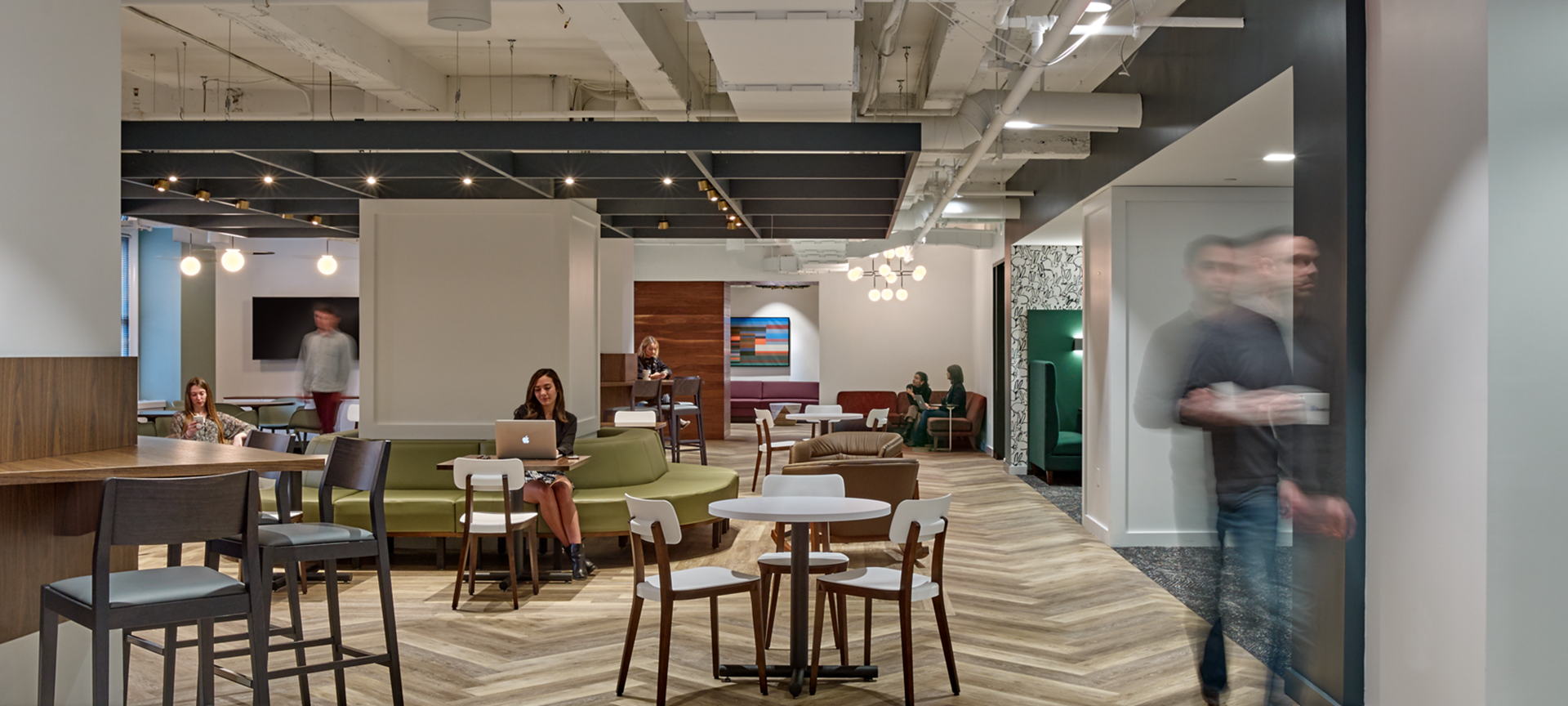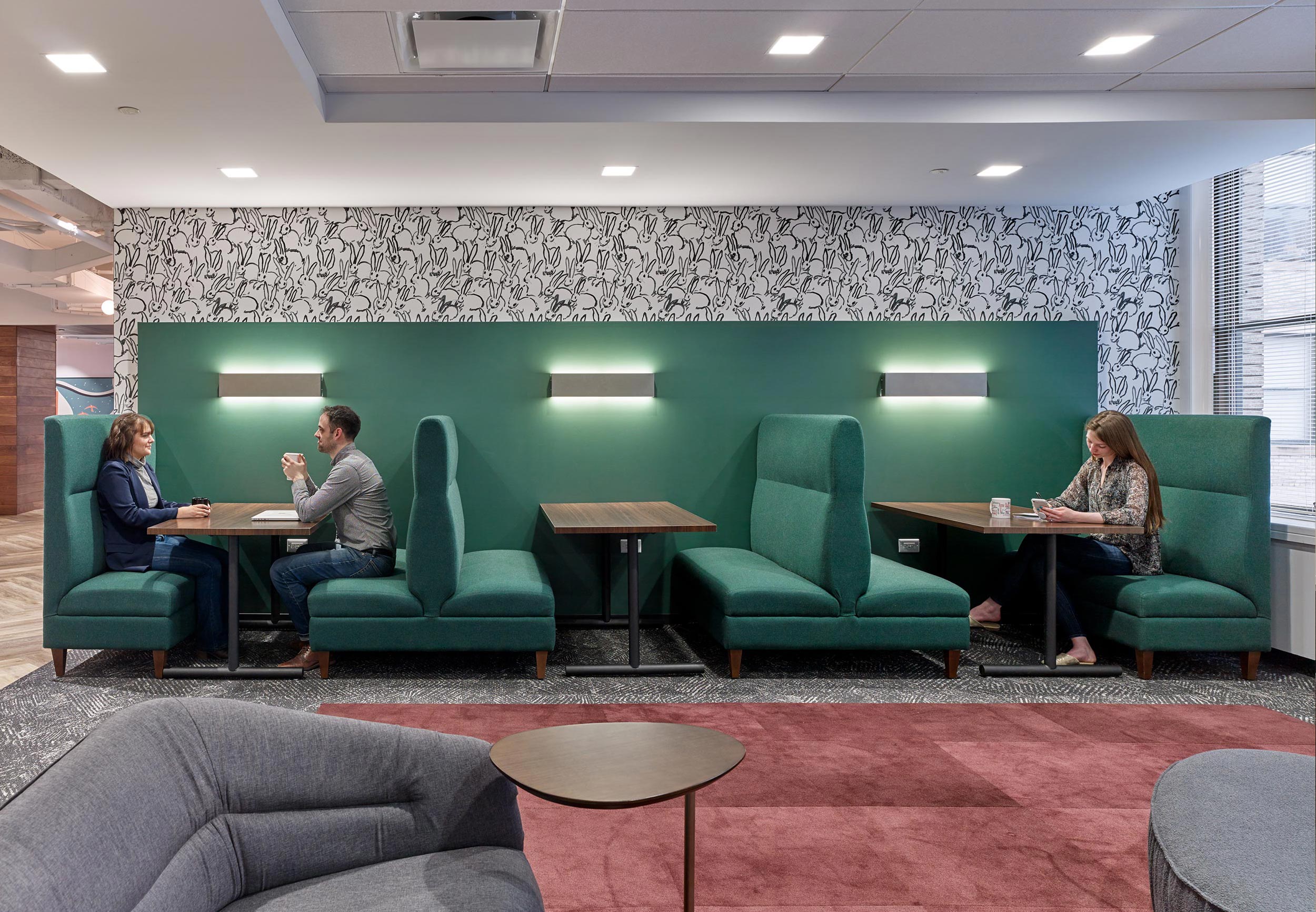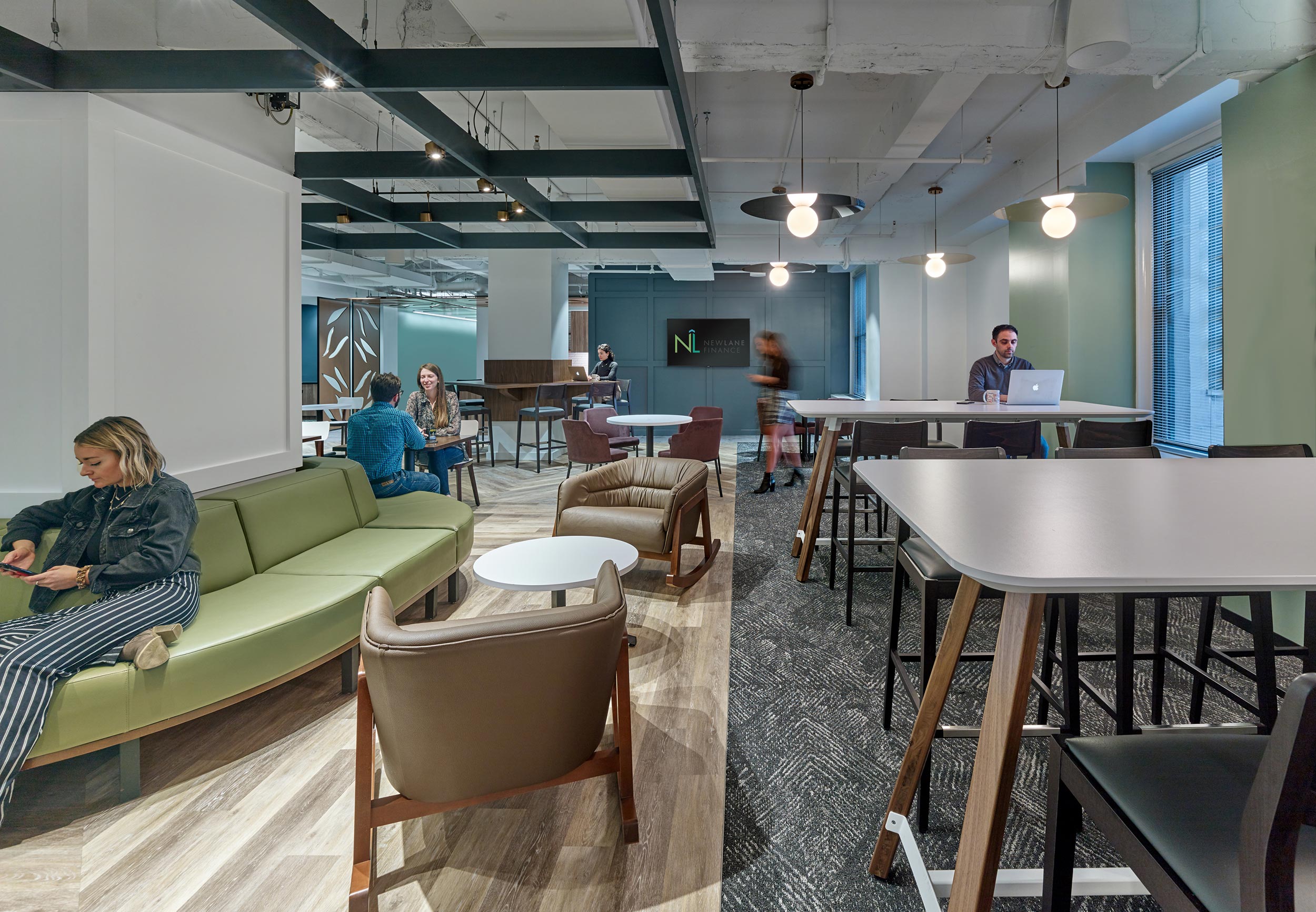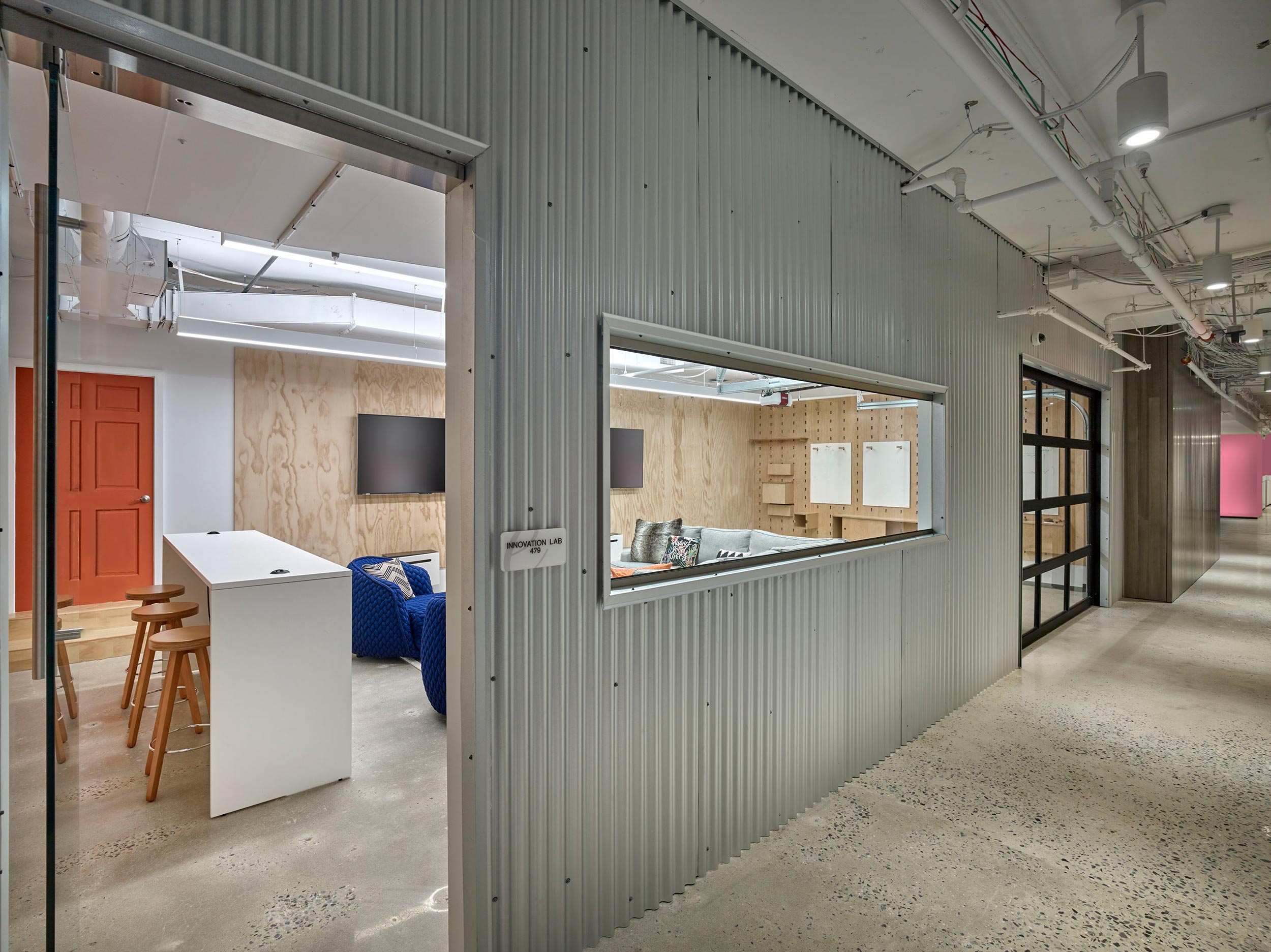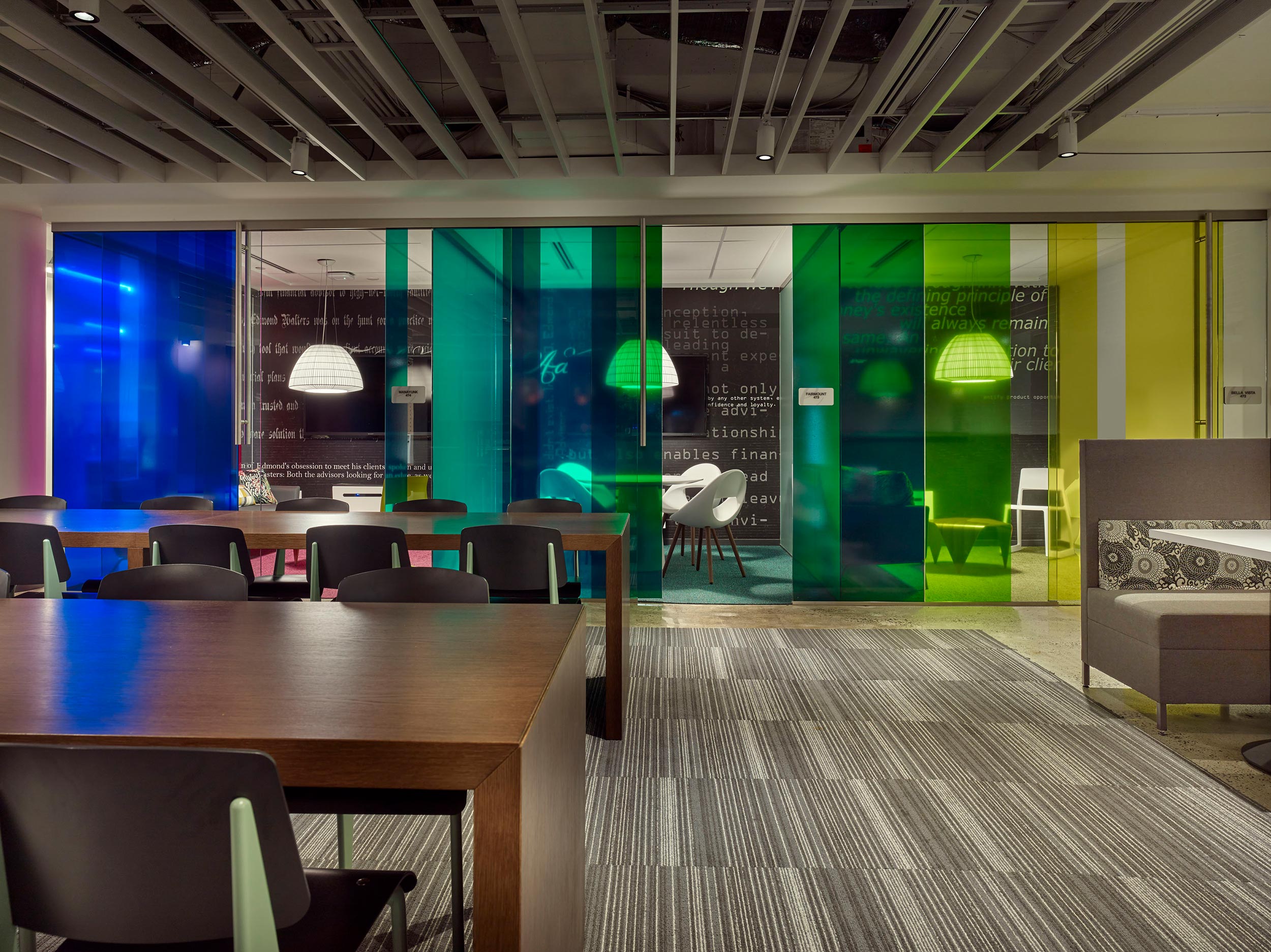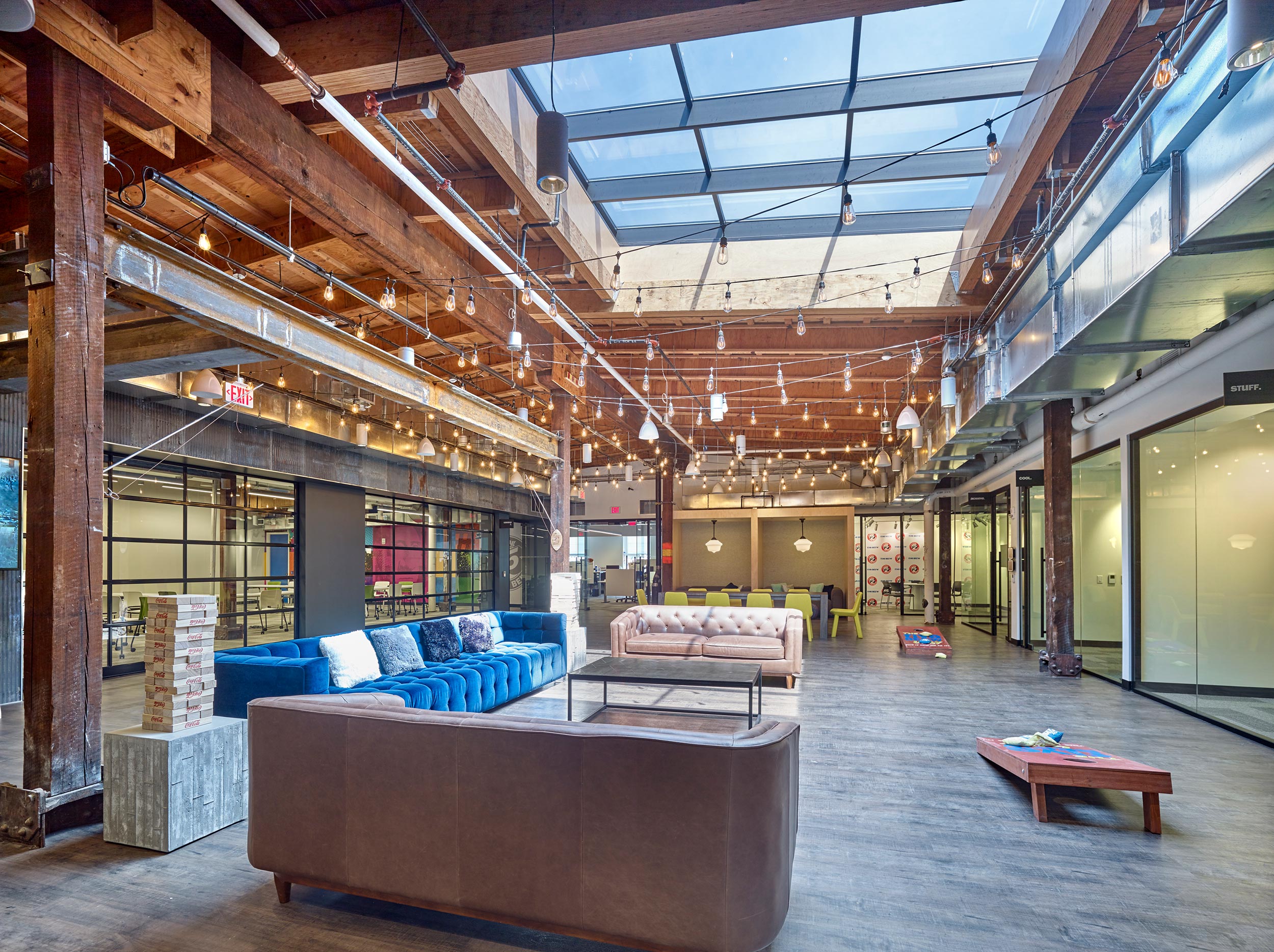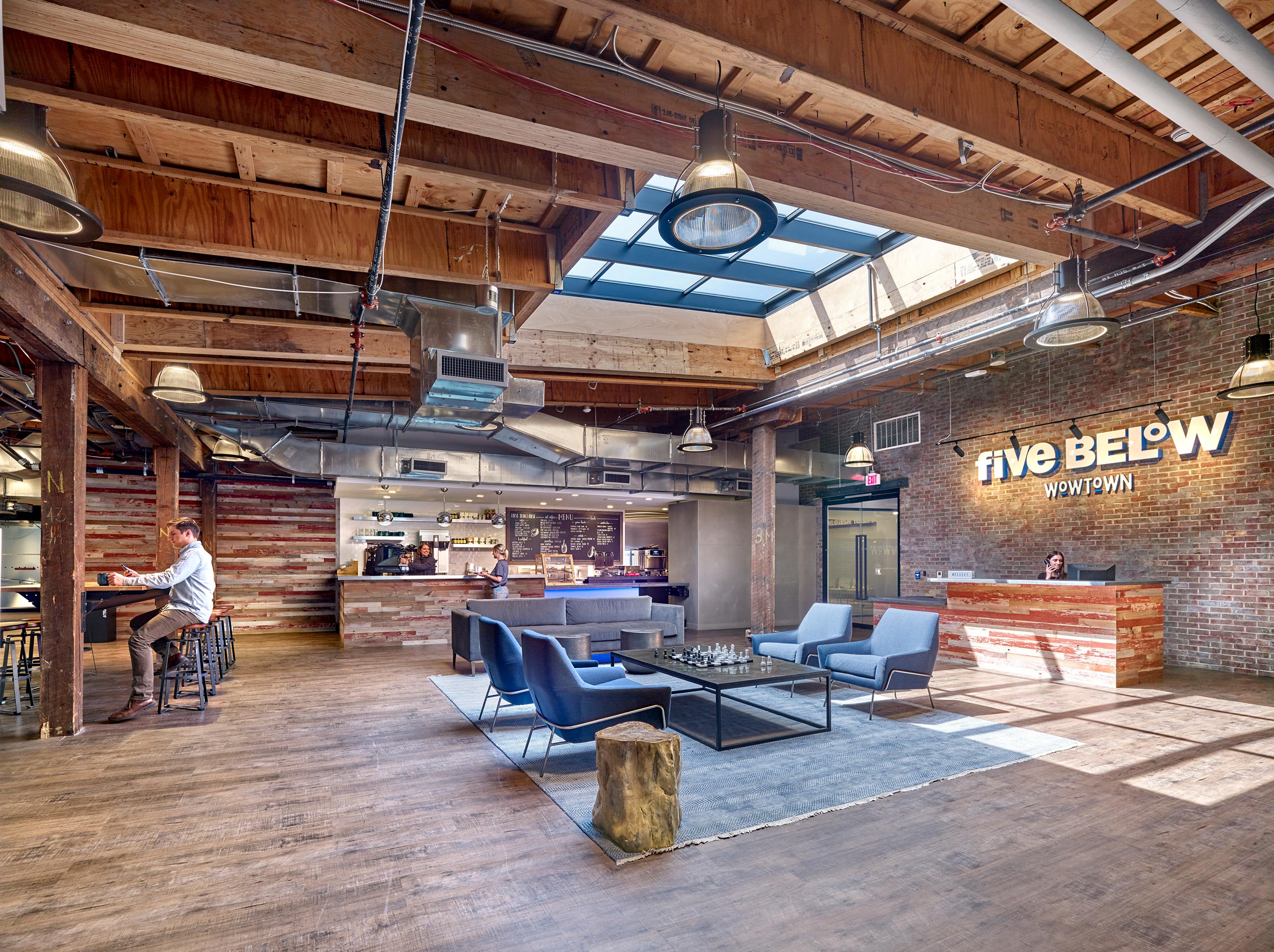When one can work anywhere, what would make the office the choice place?
We hosted a round table with our workplace strategy and design experts to try to find out. The conversation progressed from reviewing our current state – primarily what we’ve gained (and lost) by working from home – and ended with a look ahead to the possibilities of a massive workplace transformation.
First, we took a look at the good and the not-so-good of our current WFH state.
There is no new norm. Not yet, anyway. At first, the new norm was working from home – balancing kids, parents, bosses, and trying to find our feet. Now we’ve entered a very gray area where “normal” varies wildly from individual to individual. Some of us have been called back to the office full-time as the first wave of employees to return while others have been directed to work from home indefinitely while their office real estate needs are reevaluated. The disparity is confusing and is leading to a great deal of anxiety.
Flexibility rocks. Productivity is up, interruptions are down. Almost 75% of Americans say they are very successful in a WFH model and, somewhat surprisingly, feel they have all the tools and resources required to perform.** Many of us are experiencing complete ownership of our days and, because of this, are more focused, efficient, and happily engaged with our work. Office-driven stressors are down – no more ‘Sunday Scaries’ or fears of traffic-induced lateness. We can listen in on a call and fold the laundry, start dinner before wrapping up emails, or head out for a walk and pick up our laptop again later. Many are loving the ability to focus on personal wellbeing and have, for the first time, found true evening downtime.
Virtual Collaboration isn’t so bad, but we’re missing the groove of in person comms. For now, most prefer communication virtually rather than in-person while wearing a mask. Yes, body language is more effective in person, but reading faces and connecting is not – nor is talking. We’re also getting a lot better at this virtual thing; many younger employees are loving that their companies are embracing new technologies. Yet, virtual collaboration can never fully replicate the personal connection of sharing a room – the visual triggers that lead to the exchange of critical information, organic communication among complex teams, conveying intricate project details, innovation, and mentorship. Just over 60% report that they are satisfied with remote collaboration compared to 90% satisfaction when collaboration occurs in the office.** Additionally, reduced social interactions are affecting the friendships that make for tighter teamwork. The overriding theme is: fully virtual can work but it’s not the same. And, where it’s different it’s also less successful.
WFH is…gasp…more productive. Slack and Teams chatter is up, but it’s easier to take a beat before responding to a notification than it is to ignore the shadow of a teammate while trying to wrap up a thought. Even with these mildly slower responses, we’re still getting answers faster. Less travel to offsite meetings – and less meetings generally – leaves us more readily available. 70% of managers are reporting that team performance is the same or better while at home.** Additionally, the distributed team has led to forced organization and streamlined processes. Virtual teams need to be sure all information is readily available by using more cloud-based sharing, tracking forms, and verbal downloads ultimately reducing misunderstandings that lead to wasted efforts.
Interrupting is the new microwaved fish for lunch. We came from a world of constant “Hey, is now an ok time?”…“Can we chat real quick – it’ll only take five minutes.” Now, we can’t see what a person is into – if they’re on a call, knee deep in accounting reports, or on a walk. So, we’re checking in less and less and scheduling more and more.
Do we need a workplace? Yes! But there is certainly no singular solution. For innovation, rapid decision making, mentorship, team alignment, and culture, the workplace is the strongest tool an organization has. Over 80% of North Americans think the office is here to stay.** So, what can the reimagined workplace do to match or better the gains of individual productivity, control, and ownership – the advantages of WFH? During our round table, the resounding answer: flexibility! Flexibility in the physical space and in the corporate mindset. If we focus so well at home, yet long for face-to-face collaboration, the spaces that will bring us in are, of course, those that will bring us together. The future workplace will be one of choice. Primary spaces will be adaptable and experiential collaboration zones with less focus on personally owned, individual seats. Occupancy studies have shown that traditional desks are only used on average 50-60% of the time.* We anticipate a further reduction in that percentage post-pandemic. However, flexibility in the workplace means nothing if the culture doesn’t support it. Organizations will need to reset and adjust perspectives to ensure an environment that supports individual flexibility and promotes respect for varied lifestyles. For employees to want to come back, the return shouldn’t be a rigid demand. Freedom of personal preference brings engagement. A workplace that allows for holistic flexibility will be the choice place.
Our team recognizes the great opportunity to reinvent the workplace as we know it. What might the future hold? Here are some of our predictions:

